Matthew Shreve
LiDAM: Semi-Supervised Learning with Localized Domain Adaptation and Iterative Matching
Oct 13, 2020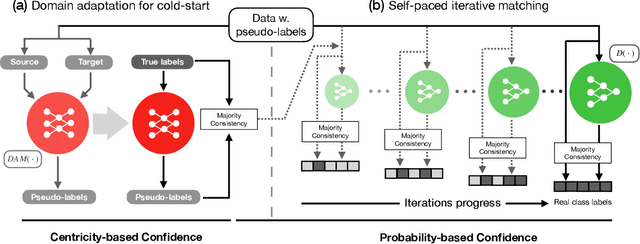

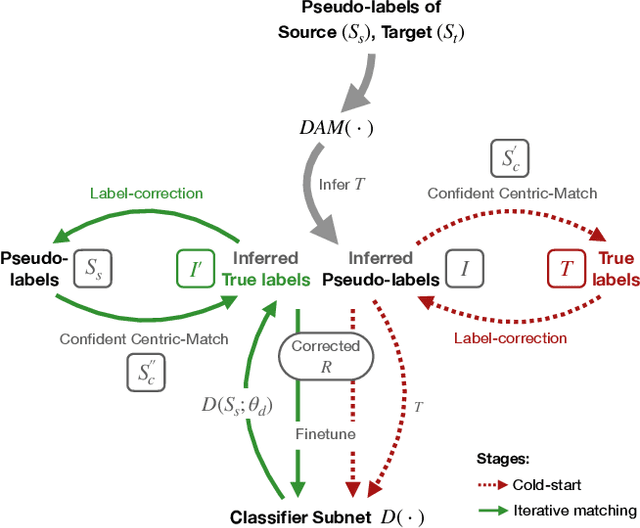

Abstract:Although data is abundant, data labeling is expensive. Semi-supervised learning methods combine a few labeled samples with a large corpus of unlabeled data to effectively train models. This paper introduces our proposed method LiDAM, a semi-supervised learning approach rooted in both domain adaptation and self-paced learning. LiDAM first performs localized domain shifts to extract better domain-invariant features for the model that results in more accurate clusters and pseudo-labels. These pseudo-labels are then aligned with real class labels in a self-paced fashion using a novel iterative matching technique that is based on majority consistency over high-confidence predictions. Simultaneously, a final classifier is trained to predict ground-truth labels until convergence. LiDAM achieves state-of-the-art performance on the CIFAR-100 dataset, outperforming FixMatch (73.50% vs. 71.82%) when using 2500 labels.
Characterizing an Analogical Concept Memory for Newellian Cognitive Architectures
Jun 19, 2020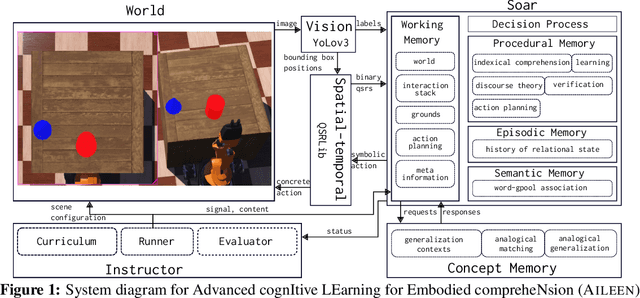

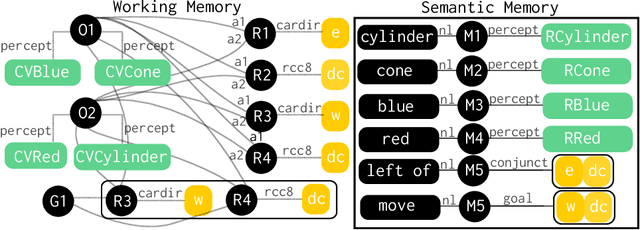

Abstract:We propose a new long-term declarative memory for Soar that leverages the computational models of analogical reasoning and generalization. We situate our research in interactive task learning (ITL) and embodied language processing (ELP). We demonstrate that the learning methods implemented in the proposed memory can quickly learn a diverse types of novel concepts that are useful in task execution. Our approach has been instantiated in an implemented hybrid AI system AILEEN and evaluated on a simulated robotic domain.
Semi-supervised Conditional GANs
Aug 19, 2017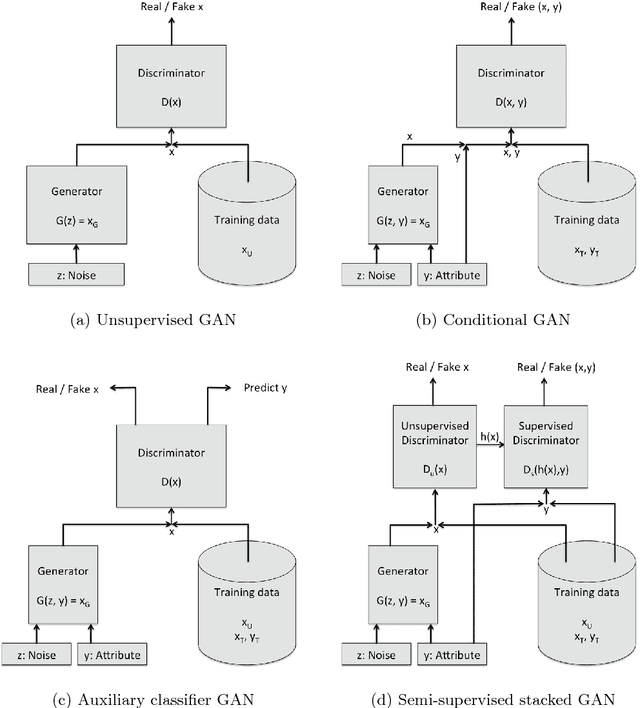

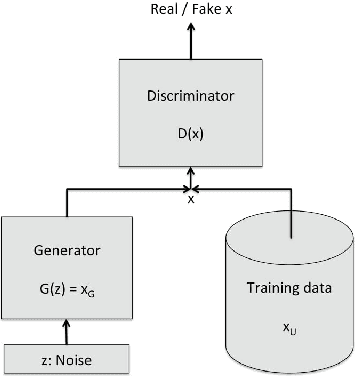

Abstract:We introduce a new model for building conditional generative models in a semi-supervised setting to conditionally generate data given attributes by adapting the GAN framework. The proposed semi-supervised GAN (SS-GAN) model uses a pair of stacked discriminators to learn the marginal distribution of the data, and the conditional distribution of the attributes given the data respectively. In the semi-supervised setting, the marginal distribution (which is often harder to learn) is learned from the labeled + unlabeled data, and the conditional distribution is learned purely from the labeled data. Our experimental results demonstrate that this model performs significantly better compared to existing semi-supervised conditional GAN models.
 Add to Chrome
Add to Chrome Add to Firefox
Add to Firefox Add to Edge
Add to Edge